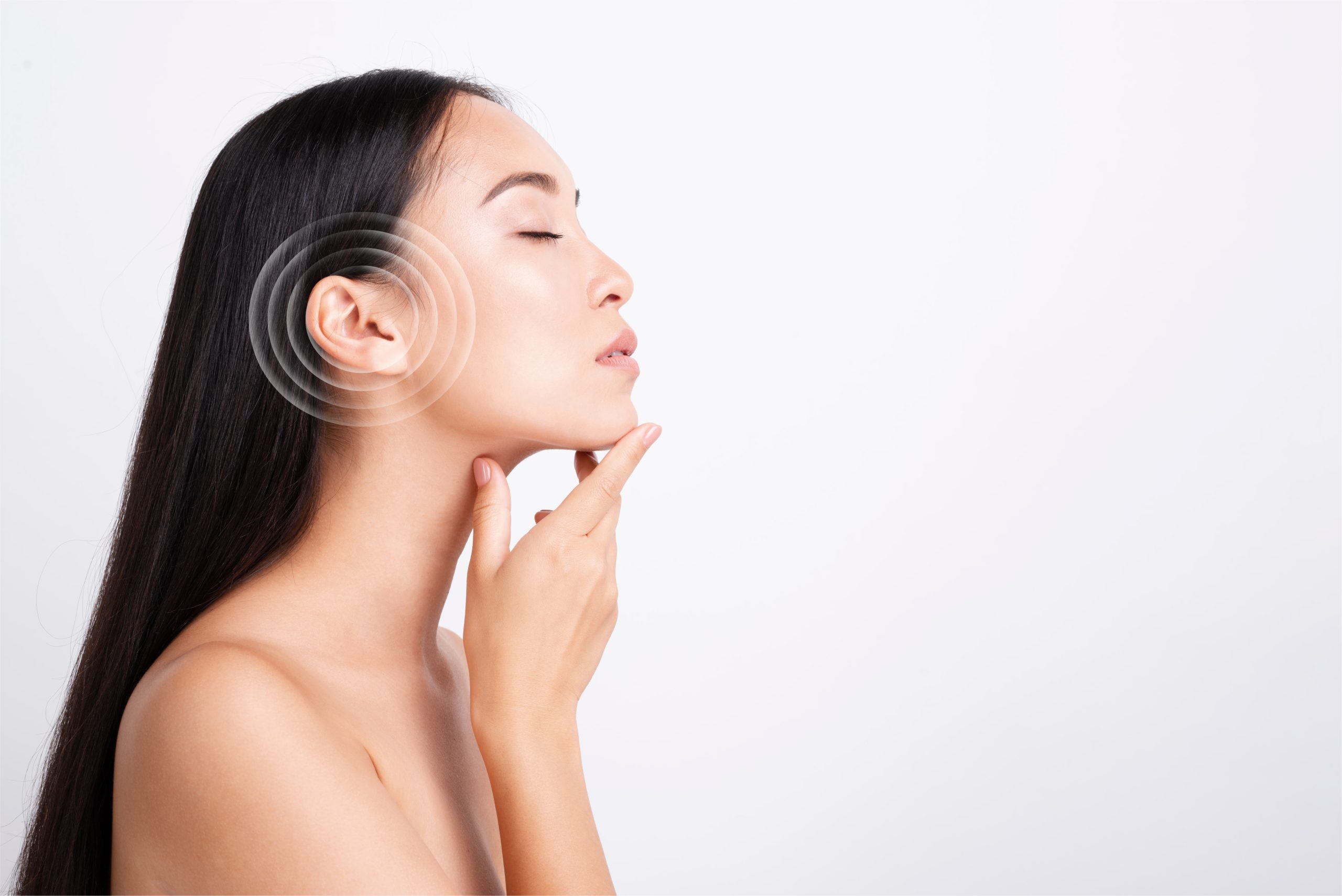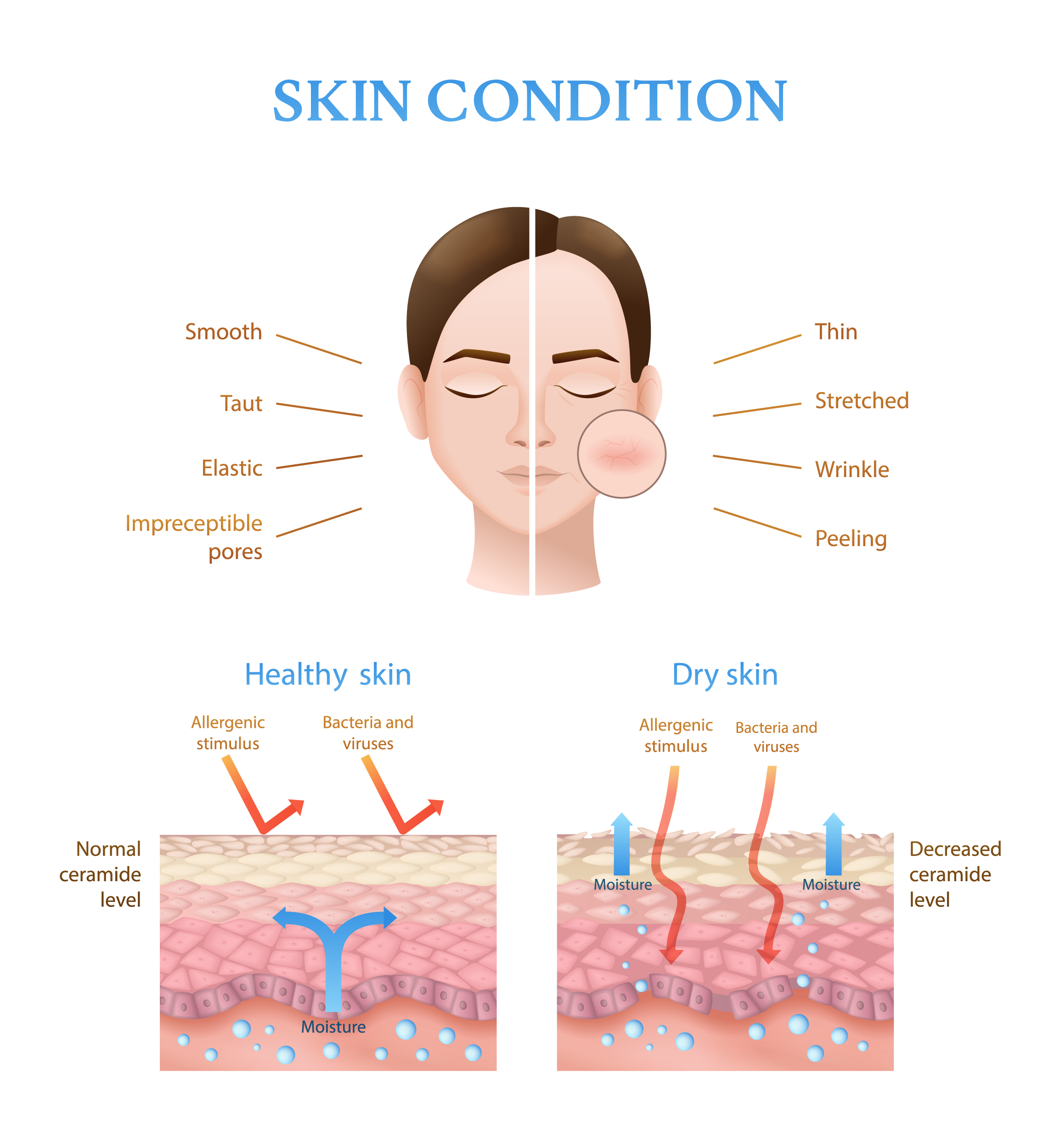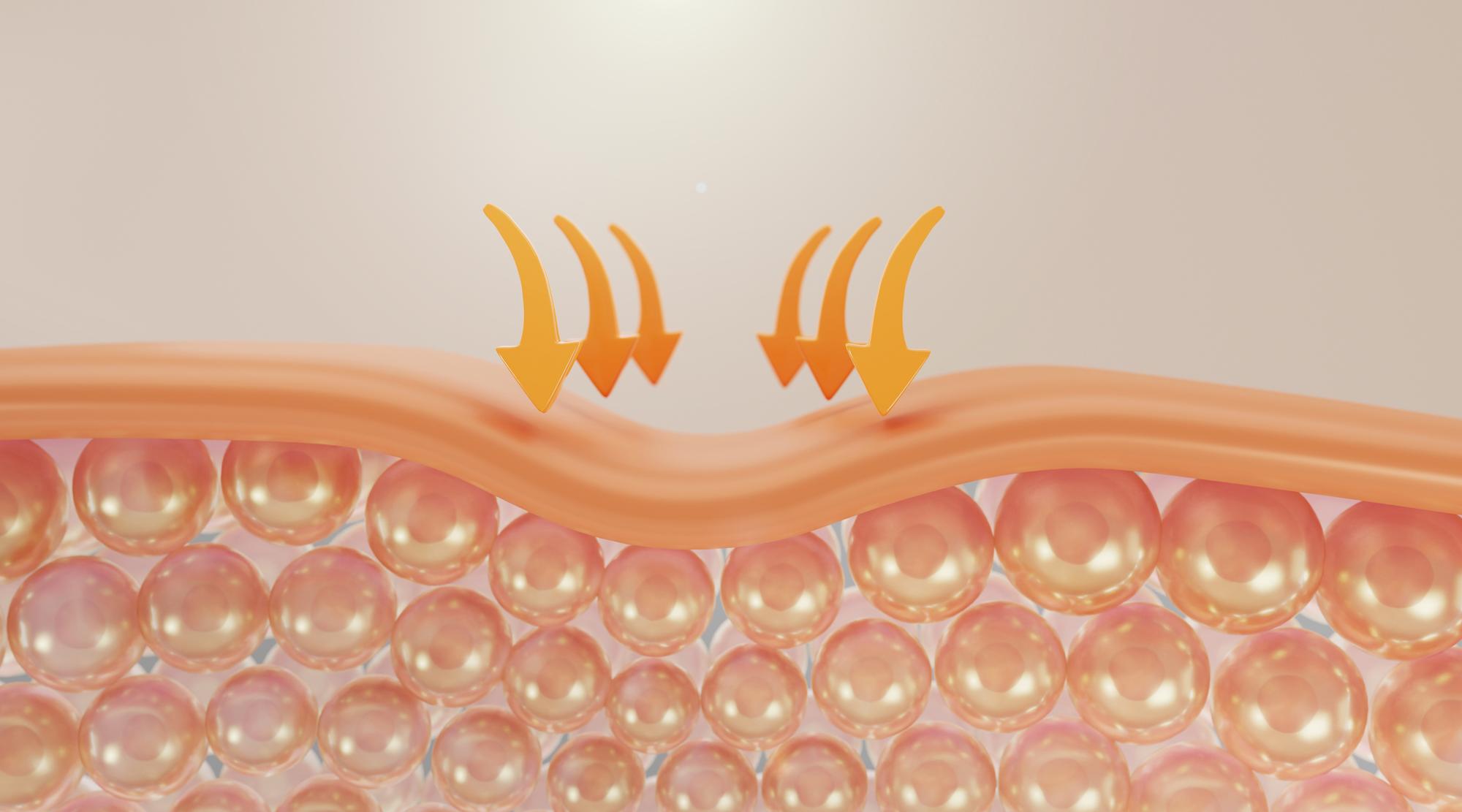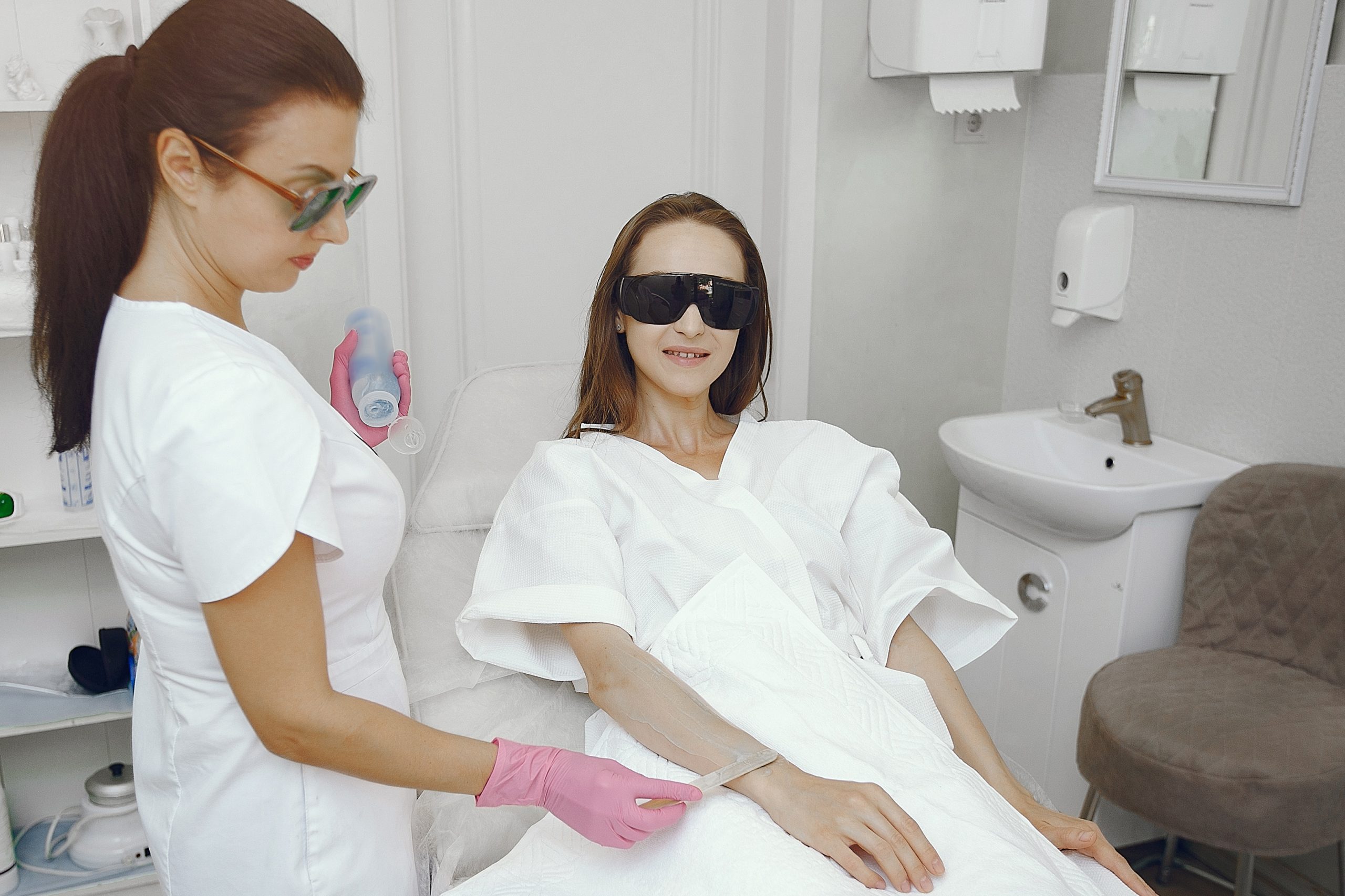Have you ever fantasized about owning a ‘time machine’ that can reverse the traces of time and restore your skin to its youthful state? Although we cannot take you through time and space, modern technology has brought us another magical ‘time machine’ – IPL( Intense pulsed light ) therapy device! Widely known in the beauty industry, this device has become the favorite of countless beauty enthusiasts due to its multifunctional function. Whether it’s annoying pigmentation, stubborn red blood streaks, or rough pores, IPL can easily deal with them, as if pressing the “restart button” on the skin, making it rejuvenated.
With its unique multi wavelength light technology, it can accurately target skin problems while stimulating collagen regeneration, making the skin delicate, smooth, and firm unconsciously. Its treatment process is comfortable and non-invasive, known as the representative of “nap beauty” – in just a few tens of minutes, it can make you feel refreshed and easily return to work and life after a nap.
Nowadays, IPL equipment has not only become a star device in professional medical beauty institutions, but also gradually entered the field of home care, allowing more people to enjoy the beautiful transformation brought by technology anytime and anywhere. If you also want to experience this wonderful journey of “light and beauty”, why not try IPL intense pulsed light to make your skin glow with youthful radiance!
An overview of IPL
IPL is a cosmetic treatment technique that uses pulsed strong light to treat the skin with cosmetic properties. Its function is to eliminate/reduce various pigmentation spots on the skin, enhance skin elasticity, eliminate fine wrinkles, improve facial capillary dilation, improve enlarged facial pores and rough skin, and also improve yellowing skin.

What are the miraculous effects of IPL?
- Treatment of skin pigmentary lesions: IPL can effectively decompose pigmentation, fade freckles, sun freckles, epidermal melasma, etc., improve uneven skin tone, and make the skin fair and transparent.
- Treatment of skin vascular changes: For skin problems such as telangiectasia, erythematous telangiectasia, and rosacea, photon rejuvenation can play a good therapeutic role.
- Optimize skin texture: Its photon rejuvenation can stimulate the regeneration of collagen fibers and elastic fibers, reduce fine lines, shrink pores, and make the skin firmer and smoother.
The working principle of IPL
The light source of IPL is a xenon lamp located inside the hand tool. Its working principle is that the control circuit inside the host outputs control signals to charge the energy storage capacitor and discharge it in a very short time, causing avalanche ionization of xenon gas in the xenon lamp inside the hand tool. Xenon gas converts and releases the charged energy in the form of high-intensity light radiation, and this discharge process is a light pulse. The energy, number of sub pulses, pulse width and other parameters of the light pulse are also controlled by the control circuit inside the host according to the parameters set by the user.
The wavelength range of the pulsed light output mentioned above is usually between 400-1200nm, which is incoherent and non parallel multi-color broadband light. For different indications and skin types of patients, different wavelengths of light need to be used. To achieve this goal, the pulse light emitted by the xenon lamp needs to be filtered. There are usually two ways of filtering. One is to install a removable filter on the hand, and the surface coating layers of different filters are different, which can filter light of different wavelengths. During treatment, only the filter needs to be replaced to switch the desired wavelength, making it more convenient to use; Another method is to use a fixed wavelength handheld device, which needs to be replaced with different devices to emit pulsed light of different wavelengths during use.
What types of skin are suitable for IPL?
Simply put, IPL can achieve freckle removal, redness removal, and skin rejuvenation.
Spot removal: freckles, sunspots, age spots, pigmentation, etc;
Removing redness: congenital redness, dilated redness, facial flushing, acne red marks, rosacea, rosacea, etc;
Tender skin: shrink pores, improve fine lines, brighten skin tone, improve dullness, reduce skin oiliness, etc.
Similar problems in the neck, hands, chest, and back can all be solved using photons, except for the face. Therefore, if you have the above needs, you can consult a doctor to evaluate whether photon rejuvenation is suitable and use it as a basic medical beauty project for long-term skin care.
Warning! IPL is not suitable for everyone!
Yellow brown spots, especially those in the active stage, are easily stimulated by light and electricity, which may make the spots deeper or even larger in size.
Dark skin with darker skin color should not be easily treated with photons, as patients with dark skin may face the risk of excessive pigmentation after inflammation after receiving laser and intense pulsed light therapy. Therefore, if the skin color is very dark, it is not recommended.
After the skin is exposed to sunlight, melanocytes are very active. If photon skin rejuvenation is done immediately, it will stimulate the production of more melanin and easily burn the skin, leading to large scabs and blisters. Therefore, it is recommended to undergo photon rejuvenation treatment 2 weeks or even 2 months after tanning. During this period, skin repair and hydration work can be done first.
Patients with photosensitive skin diseases may experience redness and itching of their skin after exposure to sunlight, and it is not recommended to resort to photon therapy lightly.
Contraindications before IPL treatment
- Avoid prolonged exposure to sunlight within the first four weeks of treatment;
- Avoid chemical peels and other invasive procedures within two weeks before treatment;
- Avoid taking drugs with exfoliative and irritating effects, such as retinoids.
The entire process of IPL rejuvenation operation:
- Clean the face;
- Apply cold gel to transmit photon energy and cool and protect skin;
- Wear an eye mask to prevent strong light from irritating the eyes;
- Start using a photon skin rejuvenation device to evenly apply to the skin. During the operation, there may be a slight burning pain, and it takes about 10-20 minutes to operate the entire face;
- After operation, clean the face cold gel, and apply it with medical facial mask for about 20 minutes to quickly reduce the temperature of the skin due to high temperature irradiation, which can avoid unnecessary skin damage.
The therapeutic effect of IPL
Mild Pain and High Safety
IPL rejuvenation is a minimally invasive treatment method below the dermis layer. During the process of photon skin rejuvenation, the pain is minimal, and there are few side effects after surgery, making it highly safe.
Short Treatment Time
IPL rejuvenation technology requires less time for treatment, usually completed within half an hour. Compared to minimally invasive skin breaking methods, it does not require excessive postoperative care and will not affect daily life.
Long Lasting Treatment Effect
The therapeutic effect of photon rejuvenation technology can be long-lasting, and for minor skin problems, the probability of recurrence after treatment is relatively low.
Wide range of treatment
IPL technology has a good effect on various skin problems, and can effectively improve facial pigmentation, wrinkles, redness, and enlarged pores.
Deep Care
IPL rejuvenation can improve the texture of the skin, whiten the skin, and make the skin more elastic.
Q&A
Q: Does IPL therapy hurt? How long 
A: There may be a slight stinging sensation during the treatment process, but it can be tolerated. The first treatment may be the most painful, but with the improvement of pigmentation and red blood streaks, as well as the gradual tolerance of the skin, the feeling of pain during the treatment process will become lighter and lighter. The single treatment process takes about 15 minutes.
Q: How often is it better to do IPL?
A: Generally speaking, if it is due to treatment needs, it is recommended to treat once a month for the first 3 months, and then treat once every 1-3 months depending on the actual situation; If it is for skin maintenance needs, it is generally recommended to do it once every 2-3 months.
Q: How long does the effect of one IPL treatment last?
A: The effect of one IPL treatment can generally last for 2-3 years, but the essence of IPL rejuvenation is symptomatic improvement, which cannot be achieved once and for all, let alone rejuvenate a person. After all, skin care is not a one-time process, but a comprehensive process of daily care, such as reasonable diet, sufficient sleep, and maintaining a happy mood.







